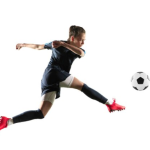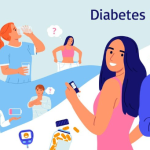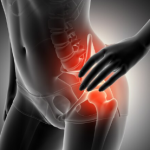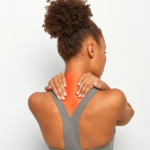 |
It’s almost the end of the year, don’t forget to take advantage of your Extended Health Care (EHC) Benefits! Whether you’ve been putting off getting an ache, a pain, or stiffness looked at, or just looking for some rest and relaxation, PhysioNow has many different treatment options to suit your needs! What services does PhysioNow offer? PhysioNow is pleased to offer a variety of different services that are usually covered through EHC. This list includes: Physiotherapy including specialties like Vestibular, Concussion Rehab and Pelvic Floor Manual Osteopathy Massage Therapy Athletic Therapy Custom Knee Braces Shockwave Therapy – Non-Surgical Treatment -…
Read More










